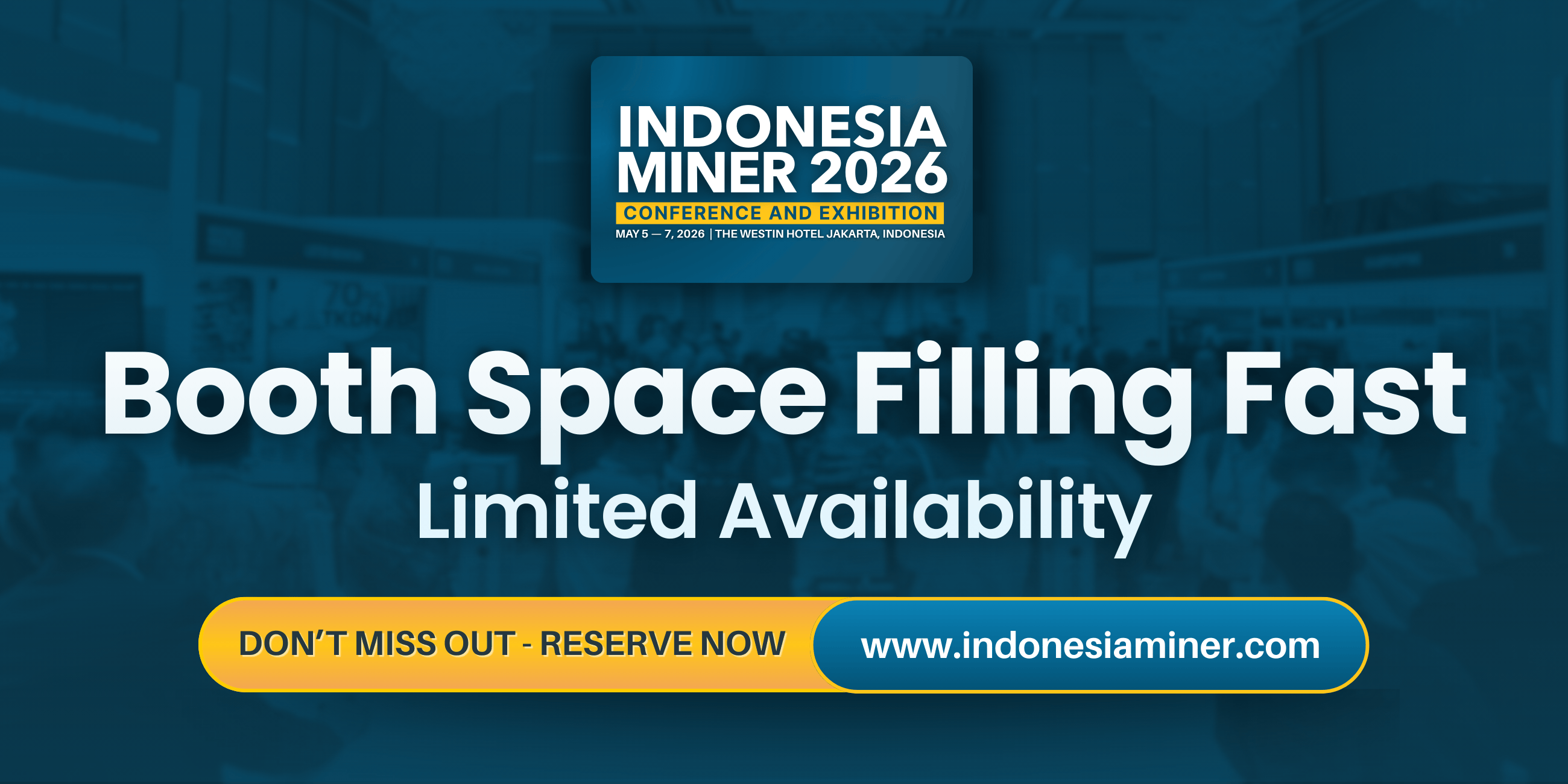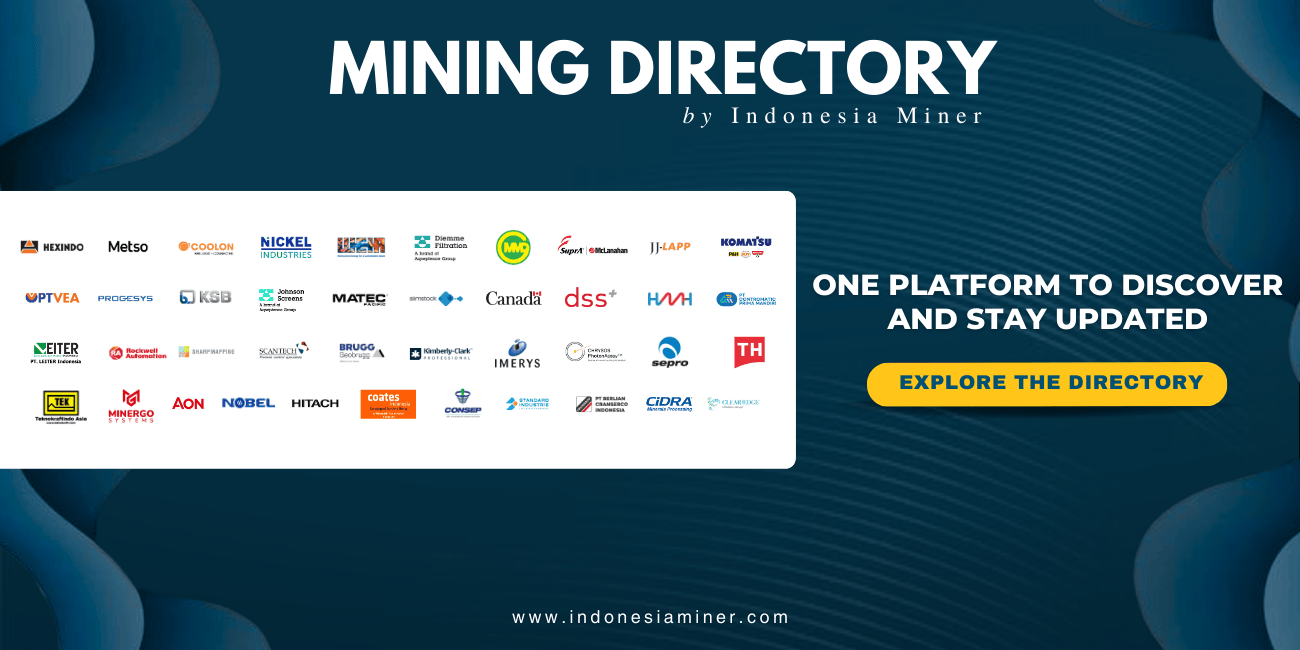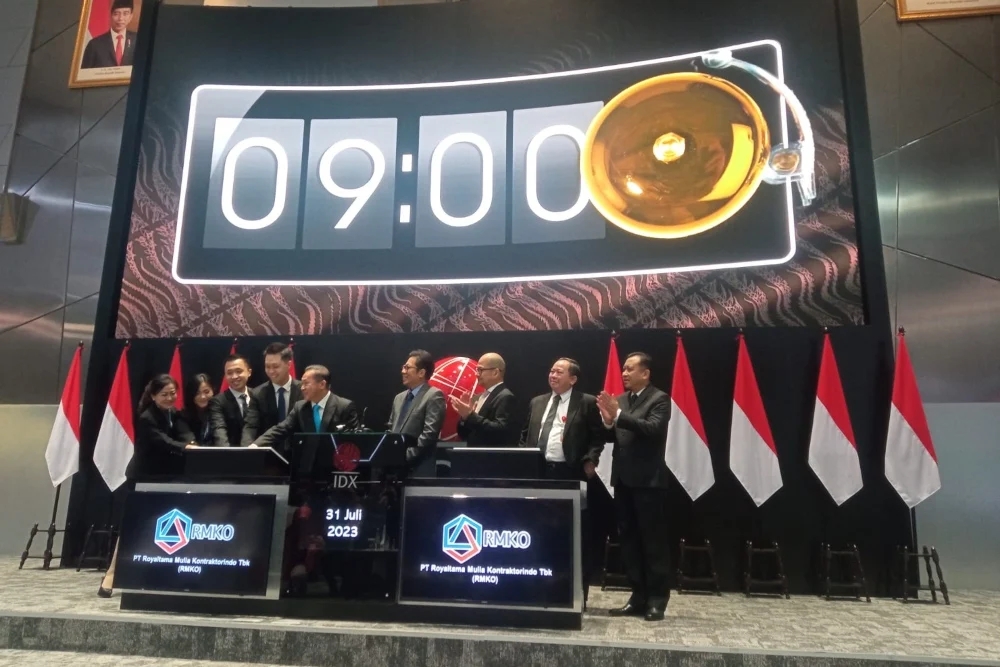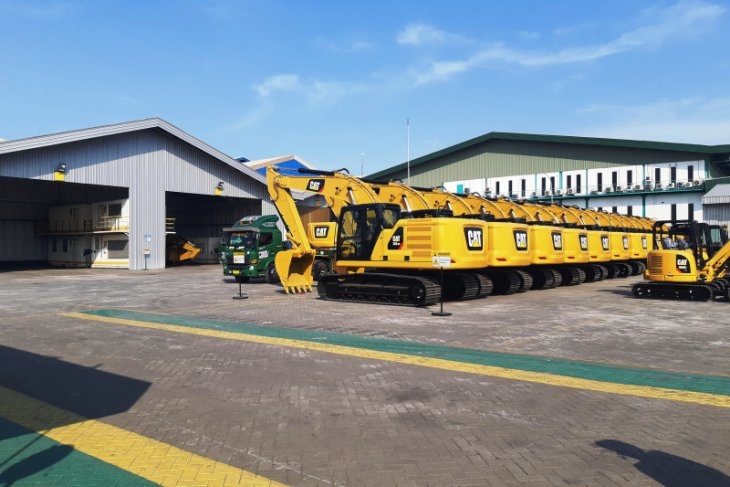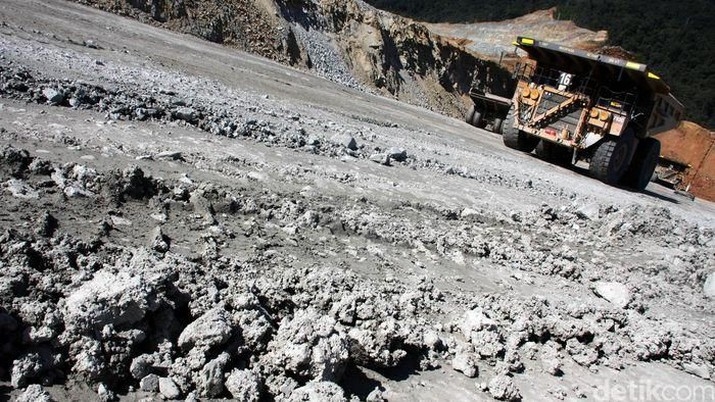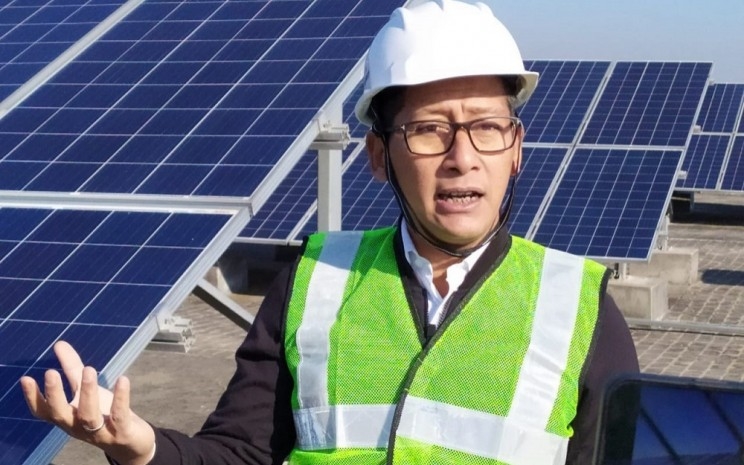Indonesia's high-carbon nickel key challenge in global EV uptake
Thu 25 Aug 2022, 12:06 PM
Share
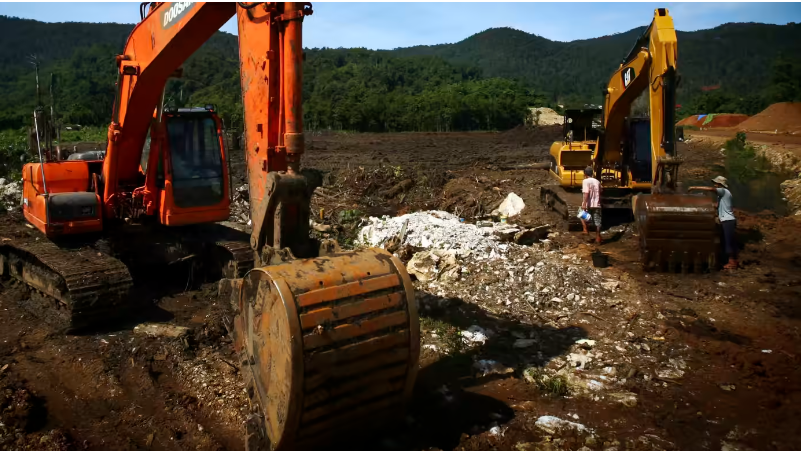
The significant carbon footprint of Indonesia's burgeoning nickel processing industry is under scrutiny as the country leverages its hefty supplies of the element crucial to the making of EV batteries, though moves toward renewables are picking up.
The Southeast Asian nation holds the world's largest nickel reserves and over the next several years is expected to provide most of the new nickel supply needed by the globe's booming electric vehicle industry. Nickel processing projects are mostly led by Chinese players including stainless steel giant Tsingshan and battery maker Contemporary Amperex Technology (CATL).
While EVs bring hope for less pollution, processing nickel in Indonesia remains carbon-intensive, according to participants at Nickel Summit 2022, a two-day industry conference that kicked off Wednesday in Jakarta.
"In Indonesia ... the carbon per kilowatt-hour of power generation is much higher than most of the rest of the world," said Andrew Digges, Asia partner at global law firm Norton Rose Fulbright. "If we compare to Canada ... Indonesia will, by 2030, produce about eight or nine times as much carbon per kilowatt-hour of electricity as Canada will."
Indonesia's reserves are in the form of laterite ore, which requires more processing to become Class 1, or battery grade, nickel, than does the sulfide ore found mostly in Canada, Russia and Australia. Sulfide resources are now depleted, but laterite is abundant, giving Indonesia pole position in future EV development.
Laterite has also been found in the Philippines and New Caledonia.
Digges said Indonesia has multiple high-pressure acid-leaching (HPAL) projects that are being considered, are under construction or are already running that could produce battery-grade nickel from laterite ore. One is in the Indonesia Morowali Industrial Park, a giant nickel industrial complex controlled by Tsingshan on Sulawesi Island. Indonesia's Harita Group runs another on Obi Island.
Digges said HPAL projects generally have "a tricky track record" that includes higher carbon content and waste disposal problems.
Tsingshan's plan to convert nickel pig iron (NPI) into nickel matte -- which is further refined into battery-grade products -- is "also a highly energy-intensive procedure," Digges said. Also derived from laterite, NPI is a feedstock in stainless steel production and has been the focus of the Morowali operations before the more recent move toward batteries.
Major nickel processing operations on Sulawesi and the island of Halmahera are also heavily reliant on coal.
According to data from the International Energy Agency last year cited by Digges, sulfide resource processing produces approximately 10 tonnes of carbon dioxide equivalent per tonne of nickel. Greenhouse gas emissions are nearly twice that volume in laterite processing using HPAL technology, and roughly six times when converting NPI into nickel matte.
Steven Brown, an independent nickel consultant, said outsize carbon footprints are not the only environmental problem in Indonesia's nickel industry. He cited large swaths of deforestation around nickel mines and often-toxic sediment flowing to coastlines that harm biodiversity in tropical rainforests as well as marine life.
"We can see that the energy transition depends on batteries, batteries depend on nickel and nickel growth depends on Indonesia," Brown told the conference. "However, the ESG risk in Indonesia is perceived to be higher than in other places around the world."
But efforts are increasing to replace coal with renewables to power major nickel processing operations.
Simon Milroy, president director of Indonesian miner Merdeka Copper Gold, said his company is jointly developing the Indonesia Konawe Industrial Park with Tsingshan, with plans to build a hydropower plant and "very large scale solar" plant to power it. Located not far from the Morowali project on Sulawesi, the upcoming nickel industrial complex will focus on HPAL plants.
The Indonesia Weda Bay Industrial Park (IWIP), a joint venture between Tsingshan and French mining giant Eramet, is planning to develop a 1-gigawatt solar plant in addition to coal-fired ones, according to Wahyu Budi Santoso, IWIP's general manager for external relations. Located on Halmahera, the complex already produces ferronickel, commonly used in stainless steel manufacturing, and is currently developing HPAL and nickel matte facilities targeted to go online in the next few years.
Regarding those plans, Tsingshan last year said it was committed to building at least 2 gigawatts of solar and wind energy projects at Morowali and Weda Bay in three to five years.
"The completion of the project will result in the significant use of clean, renewable energy to power raw material production in Tsingshan's industrial parks, truly realizing the objective of reducing carbon emissions to zero," it said.
Industry players also have high hopes for a planned green industrial park in North Kalimantan Province, on Borneo island. The Indonesian government has been pushing for the park's development as part of its zero carbon by 2060 pledge, promising investors up to 23 gigawatts of potential hydropower from big rivers running through the province. Plans for the hydro power plants have been hit with delays.
Meanwhile, the Indonesian government is reportedly mulling a progressive tax on exports of some nickel products. Brown, the consultant, suggested that if such a tax is imposed that it be based on carbon intensity so that higher carbon-emitting projects are taxed at a higher rate. He also urged the government to proceed with its carbon tax plan, which was supposed to take effect earlier this year, and include the nickel industry in it.
"That way," he said, "the government would be able to drive for a cleaner type of nickel production."
And Digges of Norton Rose Fulbright said the IEA itself is clear in its report "that even based on the current carbon content of nickel going into these batteries, they are much more carbon efficient than internal combustion engines. So we still want to go down that path, but we can just go a lot further."
Source: https://asia.nikkei.com/Business/Markets/Commodities/Indonesia-s-high-carbon-nickel-key-challenge-in-global-EV-uptake
